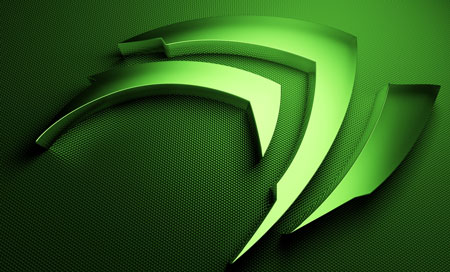Nvidia GeForce Tweak Guide
[Page 2] Essential Optimization
Before getting into the details about the GeForce drivers, you must make sure that your entire system is correctly configured, optimized, and stable. Simply by doing some general system optimization you will get a noticeable improvement in the performance and responsiveness of your PC, and also resolve a wide range of problems.

The place to start is with the TweakGuides Tweaking Companion. It's the complete system optimization guide for Windows users. Designed for novice and advanced users alike, it is written in plain English to help you genuinely understand all aspects of Windows and your PC. The book covers every major topic, from the correct installation of Windows and critical drivers and software, through to recommendations for every significant setting and feature, all the major performance and convenience tweaks and customizations, as well as detailed troubleshooting advice. There are also links to a range of reliable free applications which can enhance your system and give you viable alternatives to purchasing commercial software. There are separate versions available for Windows XP, Windows Vista, Windows 7 and Windows 8.
The TweakGuides Tweaking Companion is referred to frequently throughout this guide, as it contains many procedures and general descriptions of Windows features which would be too lengthy to reproduce here.
Furthermore, if you've ever wondered what common graphics and display settings like FPS, VSync, Refresh Rate, Antialiasing and Anisotropic Filtering are, and how they work, then check out the Gamer's Graphics & Display Settings Guide for all the details in an easy to understand format. The guide also gives you a rundown on how a game goes from a being a set of files on your drive to an image on your screen, including relevant performance tips.
Make sure to set aside some time to go through the guides above. Not only will you learn how to thoroughly optimize and troubleshoot any current problems on your system, you will also gain a greater understanding of how your PC and Windows actually work which will really help you in the future. Most problems which appear graphics driver related are actually symptoms of general system instability and lack of optimization. Just because you see a graphics driver error message for example, doesn't mean the graphics driver or graphics card is actually at fault - the error can be caused by a multitude of things such as overclocking, overheating, incorrect or sub-optimal Windows settings, background software conflicts, and so on. Make absolutely certain to go through and optimize Windows before pointing the finger at your drivers or hardware.
The next section begins our look at installing and setting up the GeForce graphics driver.
